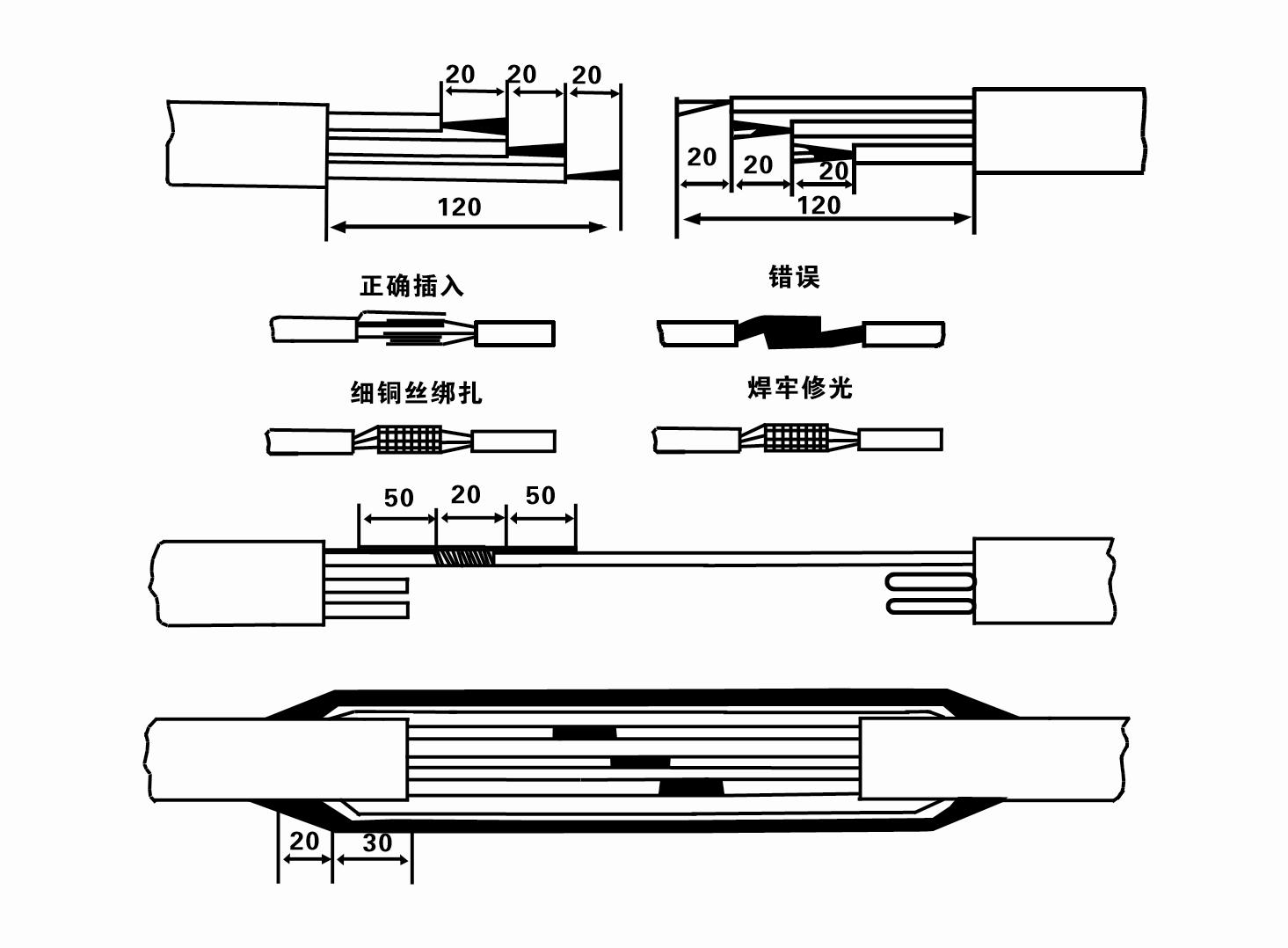Dec . 04, 2024 10:56 Back to list
Choosing the Right Submersible Pump for Depths Up to 300 Feet
Submersible Pumps A Deep Dive into 300 Feet Solutions
Submersible pumps have earned a reputable place in various applications due to their efficient operation and versatile capabilities. Designed to function underwater, these pumps are often used in agricultural, municipal, industrial, and residential sectors. This article focuses on submersible pumps capable of reaching depths of up to 300 feet, shedding light on their design, applications, advantages, and considerations.
Understanding Submersible Pumps
Submersible pumps are mechanical devices that are housed within a cylindrical structure and are designed to operate submerged in liquids. The critical aspect of these pumps is their ability to push fluid to the surface rather than pull, which makes them highly efficient in deep well applications. The design typically incorporates a hermetically sealed motor that prevents liquid from entering and damaging the electrical components, thereby ensuring reliable operation over extended periods.
Depth Capabilities
A submersible pump rated for 300 feet is engineered to withstand the immense pressure encountered at that depth and to efficiently transport water or other fluids upward. The pump's design generally consists of a multistage impeller or centrifugal mechanism that allows for high-pressure capabilities, making it suitable for applications that require lifting water from deep underground sources. These specifications make 300-foot submersible pumps ideal for deep well applications, like agricultural irrigation, groundwater extraction, and even some mining operations.
Applications
The versatility of submersible pumps extends across various fields
1. Agriculture Farmers utilize these pumps for irrigation purposes, drawing water from deep wells to irrigate crops. Their ability to pump large volumes of water efficiently ensures that arid regions can be cultivated successfully.
2. Municipal Water Supply Municipalities rely on submersible pumps for providing safe drinking water. These pumps can draw water from deep aquifers and transport it to treatment facilities, ensuring consistent water supply.
3. Industrial Use In industrial settings, submersible pumps facilitate the removal of water from mines and construction sites. Their robustness ensures they can function in challenging environments while maintaining efficiency.
4. Residential Applications Homeowners may use submersible pumps in wells for domestic water supply. They are also helpful in draining excess water from basements or flood-prone areas.
submersible pump 300 feet

Advantages of Submersible Pumps
Submersible pumps designed for depths of up to 300 feet come with several advantages
- Efficiency Their design minimizes energy consumption while maximizing water flow rates. - Reduced Noise Operating underwater significantly reduces noise compared to surface pumps, making them suitable for residential and sensitive environments. - Longevity Submersible pumps typically have a longer lifespan due to their protected design from environmental factors such as dust, debris, and weather.
- Space-Saving Design Unlike surface pumps, which require substantial space above ground for installation, submersible pumps occupy minimal surface area, making them ideal for places where space is limited.
Considerations
When selecting a submersible pump for 300 feet depth, several factors should be considered
1. Specifications The flow rate, head pressure, and material construction are paramount. Ensure the pump matches the specific requirements of your application.
2. Installation and Maintenance Proper installation is crucial for optimal performance. Understanding maintenance needs will prolong the lifespan and efficiency of the pump.
3. Cost While submersible pumps can have a higher initial cost, their efficiency and durability generally result in long-term savings.
4. Power Supply Ensure that the electrical infrastructure can support the chosen pump, considering the operational power requirements.
Conclusion
Submersible pumps suitable for 300 feet depth present a valuable solution for a diverse range of applications. Their efficient design, coupled with the ability to operate under challenging conditions, makes them indispensable tools in the modern age. Whether for agricultural purposes, municipal water supply, industrial utilization, or residential needs, understanding the specifics of these pumps ensures optimal performance and long-term reliability.
-
Submersible Water Pump: The Efficient 'Power Pioneer' of the Underwater World
NewsJul.01,2025
-
Submersible Pond Pump: The Hidden Guardian of Water Landscape Ecology
NewsJul.01,2025
-
Stainless Well Pump: A Reliable and Durable Pumping Main Force
NewsJul.01,2025
-
Stainless Steel Submersible Pump: An Efficient and Versatile Tool for Underwater Operations
NewsJul.01,2025
-
Deep Well Submersible Pump: An Efficient 'Sucker' of Groundwater Sources
NewsJul.01,2025
-
Deep Water Well Pump: An Efficient 'Sucker' of Groundwater Sources
NewsJul.01,2025
-
 Submersible Water Pump: The Efficient 'Power Pioneer' of the Underwater WorldIn the field of hydraulic equipment, the Submersible Water Pump has become the core equipment for underwater operations and water resource transportation due to its unique design and excellent performance.Detail
Submersible Water Pump: The Efficient 'Power Pioneer' of the Underwater WorldIn the field of hydraulic equipment, the Submersible Water Pump has become the core equipment for underwater operations and water resource transportation due to its unique design and excellent performance.Detail -
 Submersible Pond Pump: The Hidden Guardian of Water Landscape EcologyIn courtyard landscapes, ecological ponds, and even small-scale water conservancy projects, there is a silent yet indispensable equipment - the Submersible Pond Pump.Detail
Submersible Pond Pump: The Hidden Guardian of Water Landscape EcologyIn courtyard landscapes, ecological ponds, and even small-scale water conservancy projects, there is a silent yet indispensable equipment - the Submersible Pond Pump.Detail -
 Stainless Well Pump: A Reliable and Durable Pumping Main ForceIn the field of water resource transportation, Stainless Well Pump has become the core equipment for various pumping scenarios with its excellent performance and reliable quality.Detail
Stainless Well Pump: A Reliable and Durable Pumping Main ForceIn the field of water resource transportation, Stainless Well Pump has become the core equipment for various pumping scenarios with its excellent performance and reliable quality.Detail
